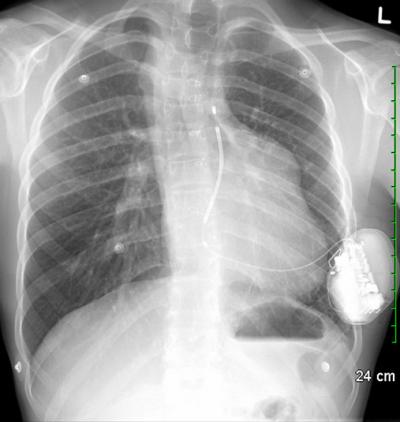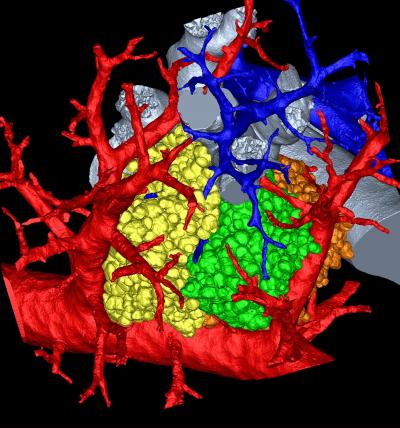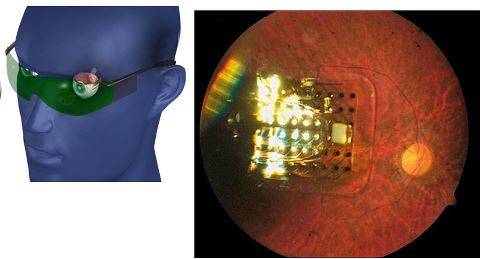
Univerity of California, Berkeley logo (Photo credit: Wikipedia)
As a kid growing up in Ahmedabad, Vikram Rao loved spending time with his grandfather, professor Annaswami Ranganath Rao-one of India‘s known mathematicians who pioneered the idea of maths labs in schools across India. It was Rao senior’s idea to create three-dimensional models that would make learning complex mathematical theories fun for kids. The labs have been started in hundreds of schools across the country. And those early years in the company of a bright mind inculcated in the grandson a deep love for academics and research.
This is a preview of Biomedical Engineer From India solves the mystery of Memory degradation with age.
Read the full post (605 words, 3 images, estimated 2:25 mins reading time)
 About the author
About the author
Ashish Malik : iforensic.wordpress.com
M.Tech – Information Security & Computer Forensics
Mail : ashishmalik10@gmail.com, ashishmalik10@yahoo.com
==================================================
The use of cyber space for criminal activities has brought the issue of cyber security in the spotlight.
There have been many cases of such activities where malwares like stuxnet, flame, slammer etc. have been used for industrial sabotage and espionage purposes.
Over the past few years, the focus of many researches has been towards various implantable medical devices. Although, no specific attack on such devices has come into view but researchers have been digging into the possibilities of various attacks against various implantable medical devices such as pacemakers, insulin pumps, blood-glucose monitor etc.
This is a preview of Implanted Medical Devices can be Hacked: Ashish Malik.
Read the full post (658 words, 6 images, estimated 2:38 mins reading time)
A new ground-breaking technology was recently used at the University of Ottawa Heart Institute (UOHI) where two cardiologists, Dr. David Birnie and Dr. Pablo Nery, implanted a new innovative leadless defibrillator, the subcutaneous implantable cardioverter defibrillator (S-ICD), to a 18 year-old patient. Under Health Canada‘s special access program, this was only the third time this new type of ICD had been implanted in Canada.
Conventional defibrillators, known as transvenous defibrillators, are implanted with wires, called the leads, that snake through veins into the heart. When the defibrillator identifies any dangerous heartbeat, it delivers a shock through the wires to return the heart to its normal rhythm and allow it to get back to pumping blood steadily throughout the body.
This is a preview of Leadless Defibrillator: Groundbreaking Biomedical Research.
Read the full post (603 words, 5 images, estimated 2:25 mins reading time)
Amidst the extraordinarily dense network of pathways in a mammal lung is a common destination. There, any road leads to a cul-de-sac of sorts called the pulmonary acinus. This place looks like a bunch of grapes attached to a stem (acinus means “berry” in Latin).
Scientists have struggled to understand more specifically what happens in this microscopic, labyrinthine intersection of alleys and dead ends. To find out, a research team led by the University of Iowa created the most detailed, three-dimensional rendering of the pulmonary acinus. The computerized model, derived from mice, faithfully mimics each twist and turn in this region, including the length, direction and angles of the respiratory branches that lead to the all-important air sacs called alveoli.
Scientists have created ultra-thin electronic devices that can “melt away” in the body once their job is done.
A new
study, published in the journal Science, details how scientists have created a tiny, fully functional
electronic device capable of vanishing within their environment, like in the body or in water, once they are no longer needed or useful. There are already implants that dispense drugs or provide electrical stimulation but they do not dissolve.
The latest creation is an early step in a technology that may benefit not only medicine, like enabling the development of medical implants that don’t need to be surgically removed or the risk of long-term side effects, but also electronic waste disposal.
This is a preview of Biomedical Breakthrough:Electronics Devices Dissolves in the Body.
Read the full post (514 words, 12 images, estimated 2:03 mins reading time)
FDA reviewers expressed concern over the long-term safety of what could be the first retinal prosthesis device despite evidence that it helps improve the vision of some nearly blind patients.
Members of the FDA’s Medical Devices Advisory Committee will vote Friday on whether to recommend approval of the Argus II Retinal Prosthesis device. Members of the ophthalmic panel also will discuss and recommend possible post-approval study requirements should the device ultimately gain FDA clearance.
The Argus II is designed for use by patients with severe to profound retinitis pigmentosa, who experience progressive vision loss, often leading to blindness.






